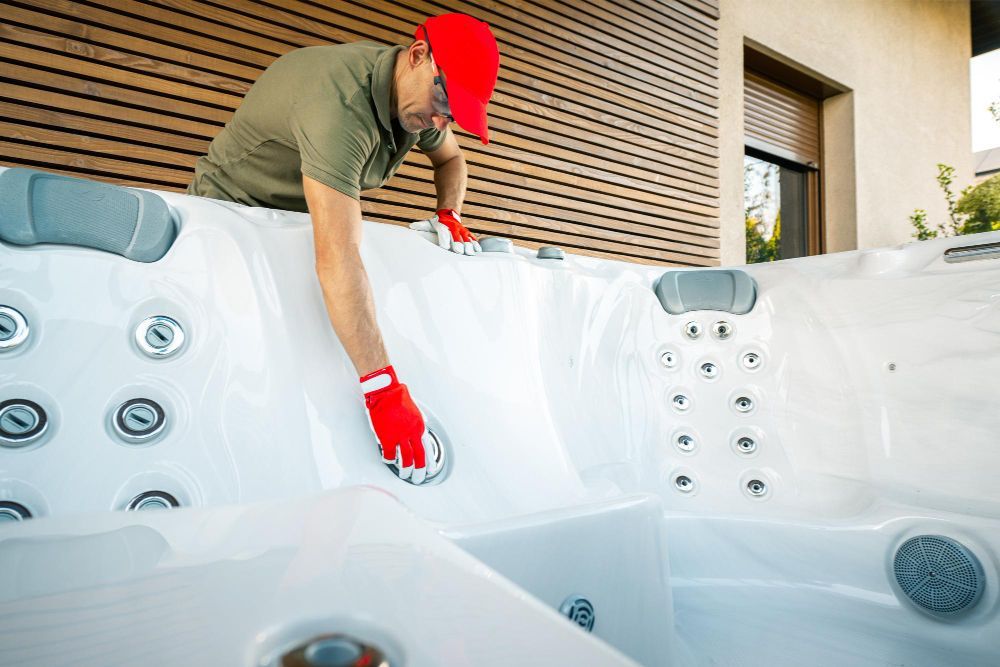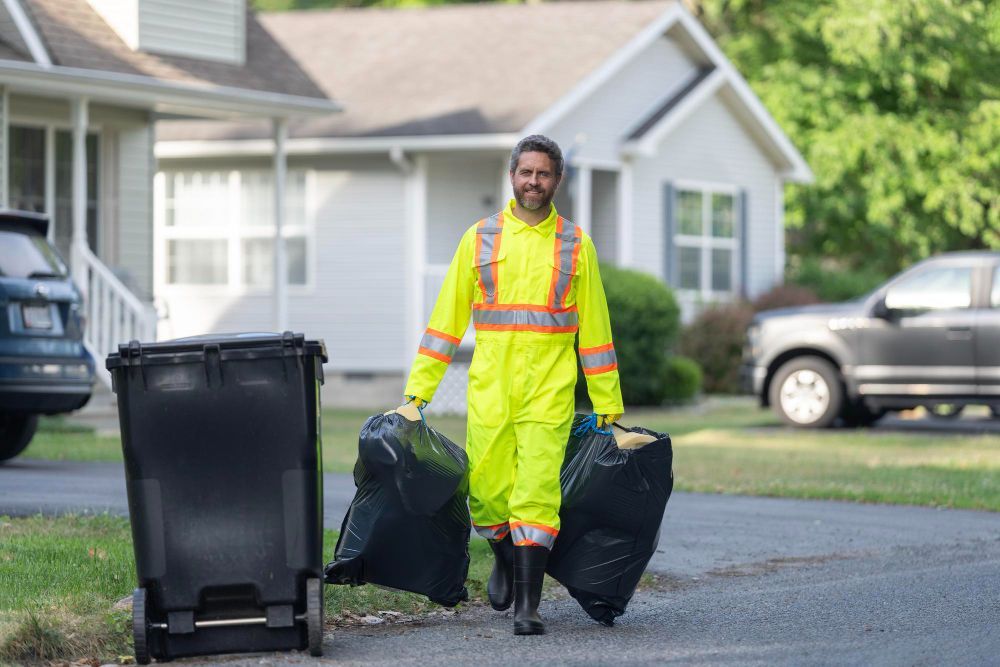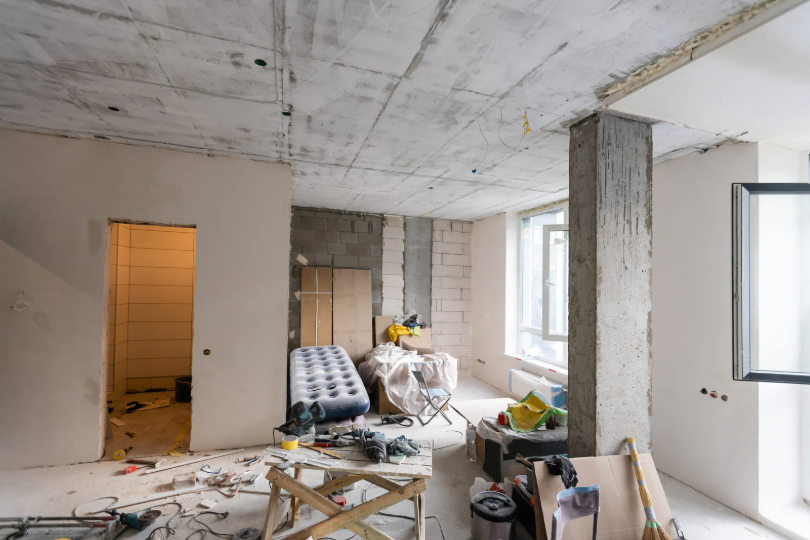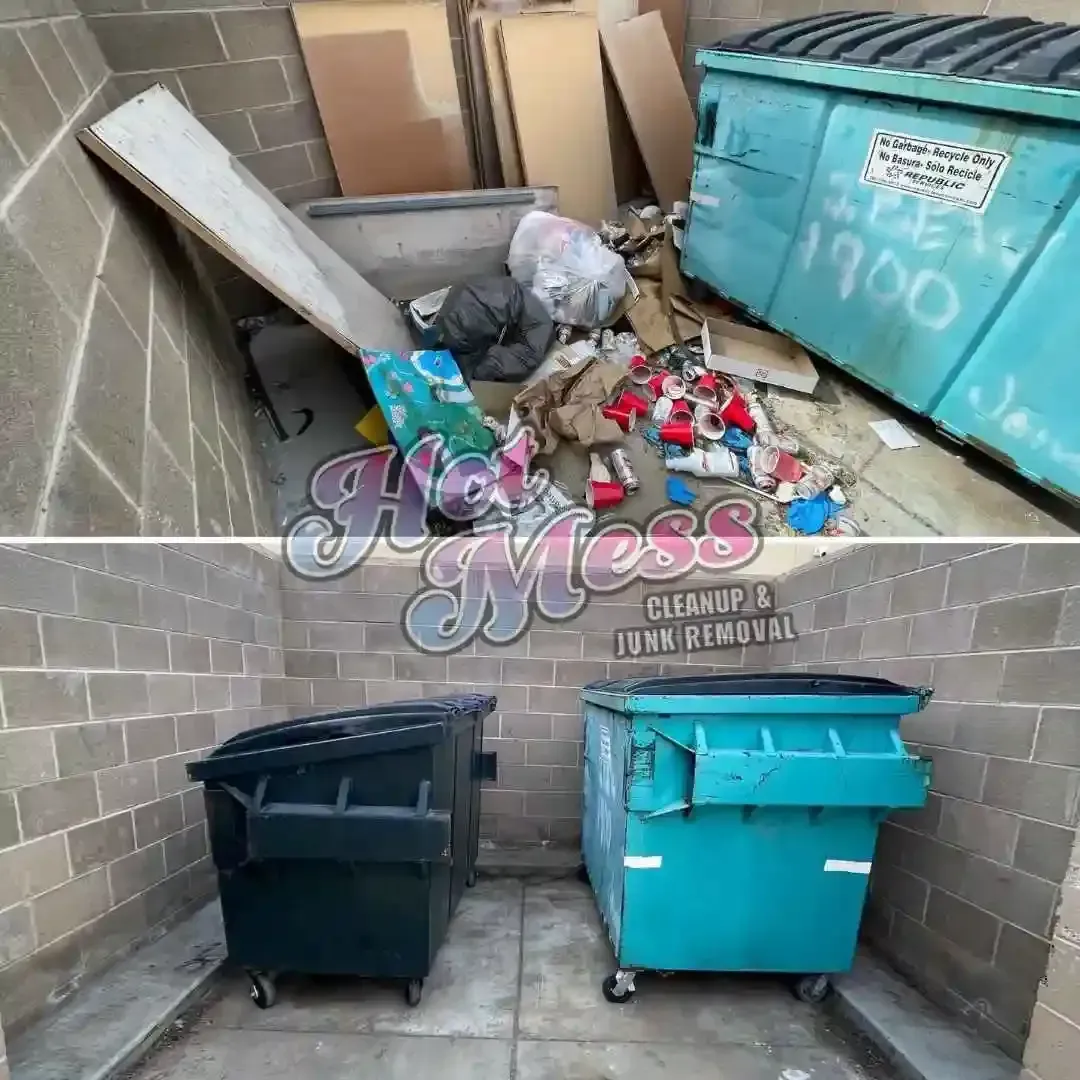What to Expect from Professional Hot Tub Removal
Hot tubs, with their inviting warm waters and soothing jets, bring joy and relaxation to any home. But what happens when that once beloved spa becomes a relic of the past? Whether it’s an old, broken hot tub or simply one you no longer need, the decision to remove it can be more complicated than it seems. From size considerations to safety measures, hot tub removal is a task best handled by professionals.
If you’ve found yourself wondering what’s involved in hot tub removal, you’re in the right place. This guide will walk you through the process, explaining everything you can expect when hiring a professional removal service. By the end, you’ll have a clearer understanding of how to say goodbye to your old hot tub with minimal hassle.
The Initial Assessment: Determining What’s Required
The first step in the process involves a thorough evaluation of your hot tub and its current location. Professional hot tub removal specialists typically begin by assessing the type of spa you have, its size, and the complexity of the removal. The location is just as important—if the hot tub is in a tight or difficult-to-reach spot, it could require special equipment or techniques for safe removal.
Often, a professional team will need to inspect how the hot tub was originally installed, including whether it’s connected to electrical or plumbing systems. A basic hot tub might be simpler to remove than one that’s integrated into a deck or surrounded by intricate landscaping. This initial assessment helps determine the amount of labor and resources required, which in turn can influence the removal timeline and cost.
Disconnecting Utilities: The Key First Step
- Electrical Disconnection: Before removal, safely disconnecting the hot tub’s electrical system is crucial. Hot tubs often use dedicated circuits, which must be carefully handled to avoid electrical hazards. A licensed electrician typically assists to ensure all connections are properly shut down, preventing any risk of shock or fire during the process.
- Water Draining and Disposal: Draining the hot tub is a vital step to ensure no excess weight remains. Water must be safely drained away from your property, avoiding any flooding risks to surrounding areas. A professional will ensure the water is disposed of responsibly, preventing damage to your landscape or foundation.
- Plumbing and Jet Systems Disconnection: For hot tubs with built-in plumbing or jet systems, professionals carefully disconnect and drain all water lines to avoid damage. Specialized tools may be used to ensure that each connection is sealed and the system is cleared of water. This step is crucial to prevent leaks or water damage during removal.
- Gas Line Disconnection (if applicable): Some hot tubs may have gas-powered heaters. If this is the case, the gas line must be properly shut off by a professional to prevent leaks or explosions. The technician will ensure the line is safely disconnected, typically coordinating with a licensed gas professional to meet all safety codes.
- Electrical Code Compliance: The disconnection of electricity from the hot tub must adhere to local electrical codes. Professional hot tub removal teams are trained to comply with these regulations. They ensure that all disconnections are performed in accordance with safety standards to protect both the property and the occupants from potential electrical issues.
- Ensuring Safe Handling of Utilities: Handling utilities during hot tub removal requires precision. Professionals ensure all connections—electricity, water, and gas—are safely managed and shut off. This meticulous process prevents accidents, maintains property integrity, and prepares the hot tub for removal without the risk of exposure to dangerous elements or systems.
Disassembling the Hot Tub: Breaking It Down
Once all utilities are safely disconnected, the next step is disassembling the hot tub. This process can vary significantly depending on the design and make of the spa. Some hot tubs are pre-fabricated, with modular parts that can be removed individually, while others may be larger and require more effort to break down into manageable pieces.
Disassembly often begins with removing the hot tub’s outer casing or panels. These panels are typically made from durable materials such as wood, acrylic, or synthetic resin, and they often need to be unscrewed or removed with specialized tools. For spas that are built into decks or structures, this step may be more intricate, requiring extra care to avoid damaging the surrounding area.
In many cases, professional removal teams will have experience with various hot tub designs and can efficiently handle the disassembly without causing damage. Specialized tools such as saws, wrenches, and hydraulic lifts might be used to carefully separate the components of the hot tub. Each part of the spa, from the jets to the pump and heater, is carefully removed to ensure the unit can be transported safely.

Lifting and Transporting the Hot Tub
Once the hot tub is fully disassembled, the next challenge is removing the pieces from your property. Even if the spa is relatively small, it can still be difficult to maneuver through doorways or down stairs, especially if it’s built into a deck or situated in a difficult location. A professional hot tub removal service will come equipped with the necessary lifting equipment to safely remove the tub, including heavy-duty dollies, lifting straps, and sometimes even cranes or forklifts for larger units. For particularly large or heavy spas, the team might use a crane to lift the hot tub directly over fences, decks, or other obstacles. While this may seem like an intimidating process, experienced professionals are trained to handle these heavy-duty lifts with ease and care.
The transportation of the hot tub pieces is another significant step. Depending on your location, the removal team may need to haul the spa to a local recycling center or disposal facility. Many professional services also prioritize environmentally responsible disposal, ensuring that the hot tub components—such as the fiberglass, metal parts, and plastics—are recycled whenever possible.
Dealing with Landscaping and Decking
For hot tubs that are integrated into decking, patios, or intricate landscaping, the removal process can be more involved. This is particularly true if the spa was built into the structure, which might require the removal of decking or other parts of the yard. A professional removal service will handle this with care to avoid causing damage to the surrounding landscaping. In some cases, hot tub removal professionals will need to disassemble parts of the deck to extract the tub. They’ll use specialized saws and tools to cut through wood or composite decking, carefully removing any pieces needed to gain access to the spa. Once the hot tub is removed, the area is often restored, with the deck and landscaping repaired, so it looks like the spa was never there.
If your hot tub is positioned in a garden or lawn area, extra attention is needed to protect the surrounding landscape. Professionals will take steps to ensure that the removal process doesn’t cause any damage to your grass, trees, or garden beds. Sometimes, temporary pathways are created with plywood or other materials to prevent damage to your property during the lift and transport process.
Final Cleanup and Disposal
After your hot tub has been successfully removed, the final step is the cleanup. The professionals will ensure that the area where the hot tub once stood is left clean and clear of debris. This is especially important for those who had the spa installed into their deck or landscaping, as it may leave behind nails, screws, or other small pieces that could be a hazard.
In addition to cleaning the area, professionals also take care of the hot tub’s disposal. Some companies focus on eco-friendly disposal methods, recycling as much of the spa as possible to reduce landfill waste. They may also offer to dispose of or donate any additional equipment or accessories related to the hot tub, such as covers, pumps, or heaters, depending on their condition.
Why Hire a Professional for Hot Tub Removal?
You might wonder, why not just attempt to remove the hot tub yourself? While DIY removal might seem like a cost-saving option, it comes with significant risks. Hot tubs are heavy, bulky, and often awkward to handle. Without the right tools and experience, you could risk damaging your property or injuring yourself.
A professional hot tub removal service provides expertise, safety, and efficiency that you can’t achieve on your own. These companies know how to disconnect utilities, disassemble the spa, and transport it safely. They come equipped with the right tools, equipment, and manpower to handle even the most complex removal projects. Moreover, they know the best practices for responsible disposal, ensuring that your old hot tub is handled in an environmentally friendly way.
Conclusion
When it's time to remove your hot tub, hiring a professional removal service is the best decision for a stress-free and efficient process. These experts bring the necessary experience, equipment, and resources to safely disconnect utilities, disassemble, and remove your hot tub with minimal disruption to your home or yard. Professional hot tub removal teams also prioritize eco-friendly disposal, ensuring that your old spa is disposed of responsibly without harming the environment. Taking on a hot tub removal project on your own can be risky, from electrical hazards to potential property damage. By working with professionals, you can avoid these concerns while ensuring a smooth, safe removal. Whether your spa is in a tight space, connected to complex utilities, or embedded in a deck, experts will handle it all.
Ready to get rid of your hot tub? Contact
Hot Mess Cleanup & Junk Removal today for fast, efficient service. We proudly serve Las Vegas, Nevada, and specialize in professional hot tub removal. Call 702-800-0506 or email info@hotmessvegas.com to schedule your removal!











